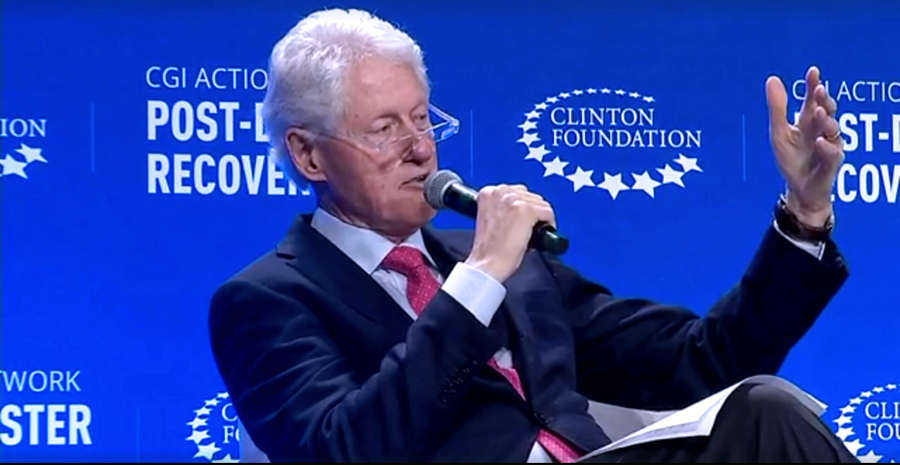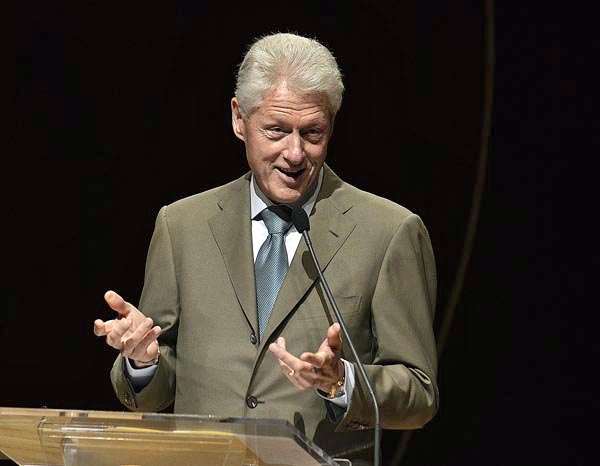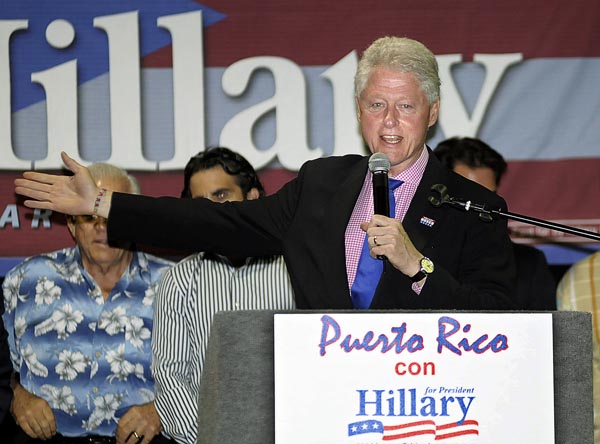Villedrouin takes on Haiti’s massive tourism challenge

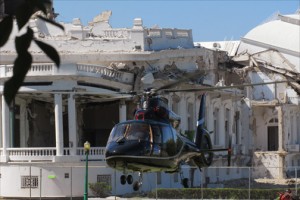
President Michel Martelly’s helicopter lifts off from the earthquake-ravaged presidential palace in downtown Port-au-Prince. (Credit: Larry Luxner)
EDITOR’S NOTE: This is the first of a two-part series of stories on the steps the island nation of Haiti is taking to rebuild its economy after the January 2009 earthquake. Haiti’s progress in certain segments of the tourism industry could pose a challenge to Puerto Rico, especially in the cruise ship business.
PORT-AU-PRINCE — Two years since the worst earthquake to ever strike the Caribbean, Haiti is desperately trying to turn its shattered economy around —and it’s counting on tourism to bring in badly needed dollars.
Leading that effort is 30-year-old Stephanie Balmir Villedrouin, the country’s youngest tourism minister ever. Her boss, President Michel Martelly, has vowed to create 500,000 jobs over the next three years through massive foreign investment in manufacturing, tourism and basic infrastructure.
“I come from the private sector. I know the obstacles tour operators and travel agencies face, and now I have the authority to address them,” Villedrouin said. “My focus and my mission is to bring tourists to Haiti.”
It’s certainly been a while since Haiti occupied the front pages of newspapers and captured the attention of TV viewers. It was two years ago, on the afternoon of Jan. 12, 2010, when the ground beneath Port-au-Prince suddenly began shaking, and it seemed that it would never stop. The magnitude-7.0 earthquake killed anywhere from 220,000 to 300,000 people (no one knows for sure), made more than a million Haitians homeless, and reduced most of the capital city’s landmarks to rubble.
Since then, hundreds of thousands of people are still jobless and living in makeshift tent cities, though the rubble has largely been cleared and hope is definitely in the air. Port-au-Prince is buzzing with construction activity, and Martelly — a former Creole pop singer — has adopted as his mantra the slogan “Haiti’s open for business.”
Martelly and Villedrouin were among dozens of Haitian government officials to address 1,000 or so potential investors at a recent two-day conference organized by the Inter-American Development Bank. Highlighting the Nov. 29-30 event — which was held in the capital city’s 87-room Karibe Hotel & Convention Center — was “Sweet Micky” himself, along with IDB President Luís Alberto Moreno and the star attraction: former U.S. President Bill Clinton.
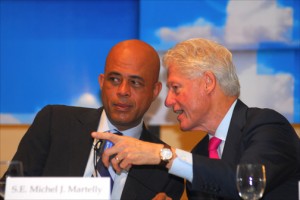
Former President Bill Clinton shares a word with Haitian President Michel Martelly during the Inter-American Development Bank’s “Invest in Haiti” Forum at the Karibe Hotel in Port-au-Prince. (Credit: Larry Luxner)
“Everybody on this stage wants prospective investors to make money. We don’t think it’s a bad thing to make a profit. We just want you to make money in a way that helps the Haitians, too,” said the 42nd president. “That’s why the government has taken concrete steps to make doing business here easier. President Martelly has actively sought out investors and business leaders, and he understands that we have to do more to make Haiti more business-friendly.”
The day before the IDB conference, Clinton, Martelly and Moreno broke ground on the $257 million Caracol Industrial Park along Haiti’s northwest coast — in what represents the largest foreign investment since the earthquake. The 608-acre free zone will be anchored by a South Korean textile firm that has committed to hiring 20,000 people in the manufacture of garments for export.
The industrial park is not far from a planned international airport for Cap-Haitien — the country’s second-largest city — as well as a road now under construction that will link the coast with the Citadelle, Haiti’s famous mountaintop fortress built in the early 1800s by King Christophe. This national historical park will soon receive visitors from cruise ships operated by Royal Caribbean Cruises Ltd.
Clinton, a longtime advocate of U.S. assistance for Haiti, co-chairs — along with Haitian Foreign Minister Laurent Lamothe — the Presidential Advisory Council on Economic Growth and Investment (PACEGI).
Besides Clinton, PACEGI’s 32-member board includes former presidents and prime ministers of Spain, Panama, Bolivia, Costa Rica, Jamaica and Colombia, as well as a number of businessmen including Denis O’Brien, CEO of Digicel, Haiti’s largest mobile phone operator.
First major hotel underway
During the conference, Digicel and Maryland-based Marriott International announced they would jointly finance construction of Haiti’s first major hotel since the quake. The $45 million Port-au-Prince Marriott Hotel will have 173 rooms, about 4,600 square feet of meeting space, a 1,600-square-foot fitness center and other amenities when it opens in 2014.
“Haiti is in great need of quality hotels today, and for the foreseeable future,” said Arne Sorenson, Marriott International’s president and chief operating officer. “We believe we can make a difference in Haiti by injecting capital, creating jobs, and developing the human talent that can help lift this country over time back to its rightful place as one of the top destinations in the Caribbean.”
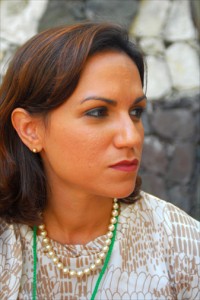
Haiti’s new minister of tourism, Stephanie Villedrouin, is interviewed at the Karibe Hotel in Port-au-Prince. (Credit: Larry Luxner)
Last year, O’Brien spent more than $18 million of his own fortune to rebuild the bright red Iron Market in downtown Port-au-Prince after it was destroyed in a fire and then the earthquake. The Iron Market was long among the city’s top tourist attraction and is today filled with arts-and-crafts and souvenir vendors waiting for business.
“In the weeks after the quake, we were looking for a very symbolic project that would help the local economy,” O’Brien said. “We looked at rebuilding the cathedral. Spiritually, that would have been great, but wouldn’t have done much for the economy. So we decided on the Iron Market, which is the most famous building in Haiti. In 10 months we rebuilt it. We had people working on this 24 hours a day, because we promised to finish it in time for the anniversary.”
Asked why Digicel — with annual revenues of $4.5 billion — is pouring money into a Marriott hotel, O’Brien responded: “The view of the board is that we will invest in non-core businesses here if it’ll make a difference. We believed we need a business hotel in Port-au-Prince, and that if Digicel led the way, it would encourage other foreign investors. My job is to pitch foreign investors to come to Haiti. I hope there will be 10, 20, 30 others who will invest in tourism.”
Villedrouin hopes so too.
“In the past, Haiti’s tourism ministers did a master plan with big goals,” she said. “Myself, I want to start with existing facilities, and look how to upgrade them and give them the knowledge to be competitive with the market. That’s one of my goals.”
High hopes for Villedrouin
Jean H. Charles, a columnist for the Nassau Guardian, offered warm words of praise for Haiti’s new tourism minister upon her appointment in early November.
“It has been a common opinion of travel connoisseurs that Haiti, in spite of its pitfalls, is a destination that can rival Bali in Indonesia, or Valencia in Spain,” he said. “Haiti’s governance has been so delinquent in its performance that it could not come close to its potential. The last minister of tourism, as well as his general director, was bartering for the last eight years a master plan that never reached the stage of application even at the elementary level.”
Yet Villedrouin, he predicted, “will be as the minister of tourism of St. Lucia, Allan Chastanet, or the minister of Jamaica, Edmund Bartlett, amongst the best in the field. She has the stamina, the creativity and the humility to start with what can be done now, and achieve later the potential of where Haiti can reach.”
Villedrouin studied hotel management in the Dominican Republic, graduating in 2004. The following year, she was part of the team who opened the restored Hostal Nicolas de Ovando in Santo Domingo’s colonial zone. Villedrouin spent the next five years managing the Hotel Le Montcel, a mountain lodge in the Port-au-Prince suburb of Kenscoff.
“It was very interesting to see how the D.R. promotes itself, so the first thing I tried to do after returning to Haiti is to participate in a tourism fair in Paris,” she said.
News is my Business is reprinting this story with permission from trade publication Travel Markets Insider.

